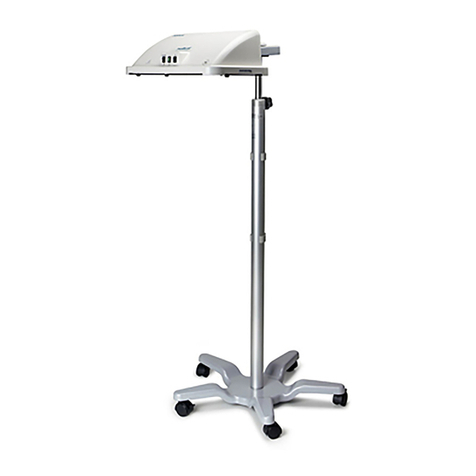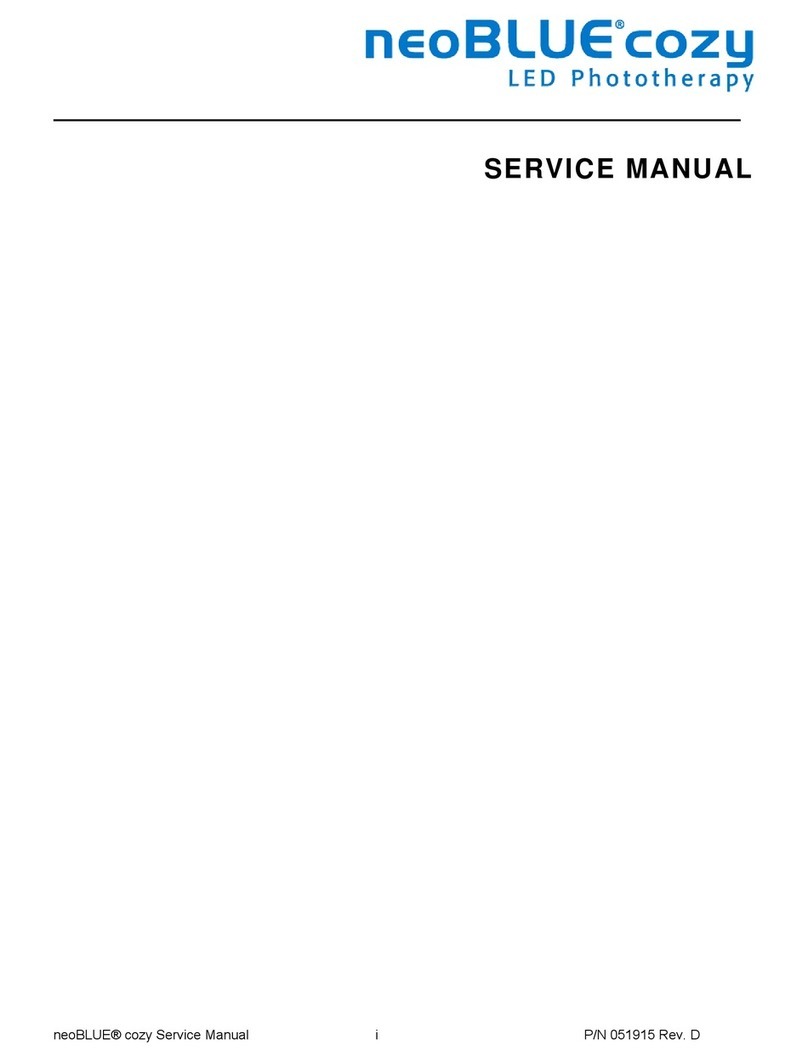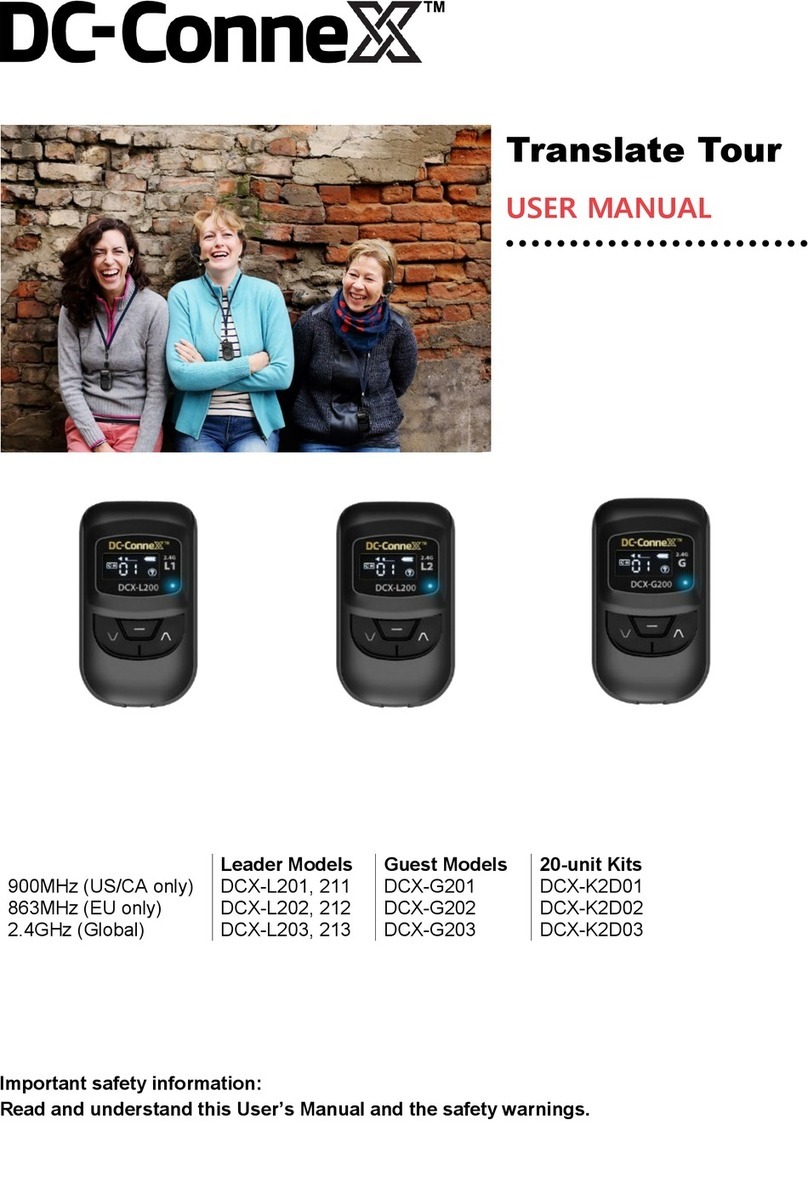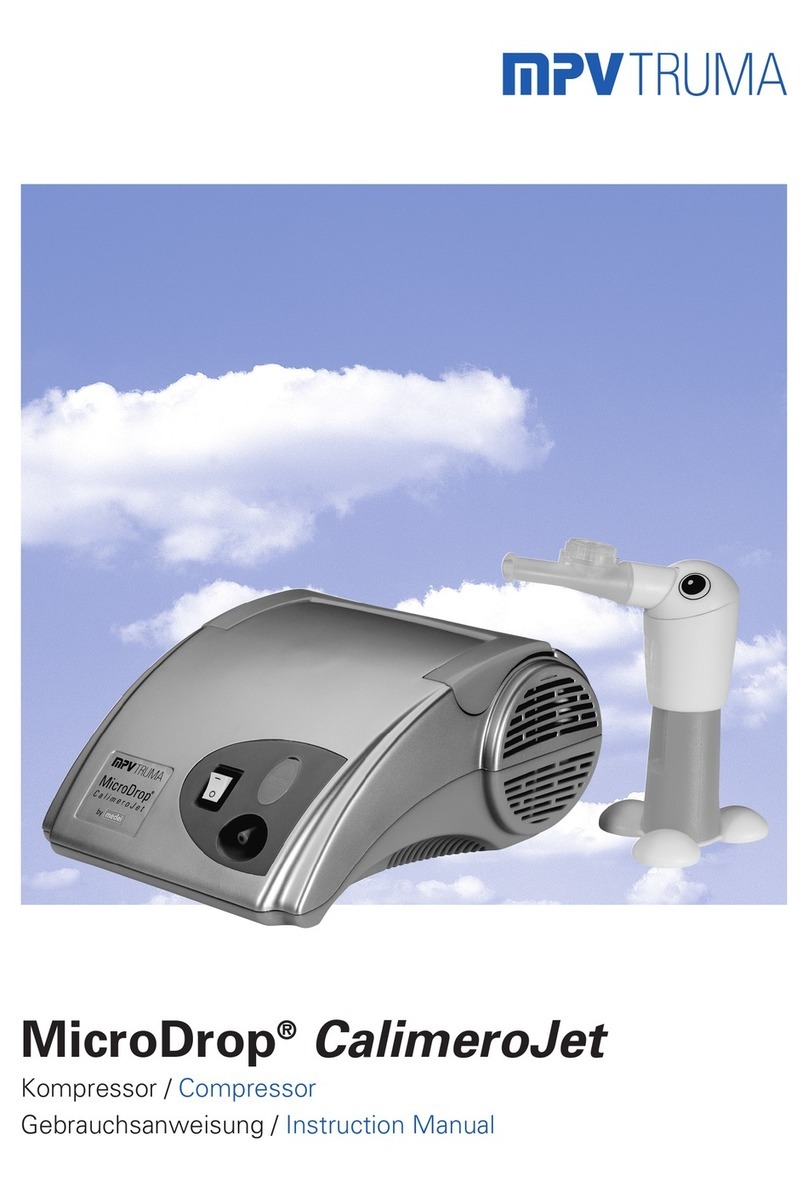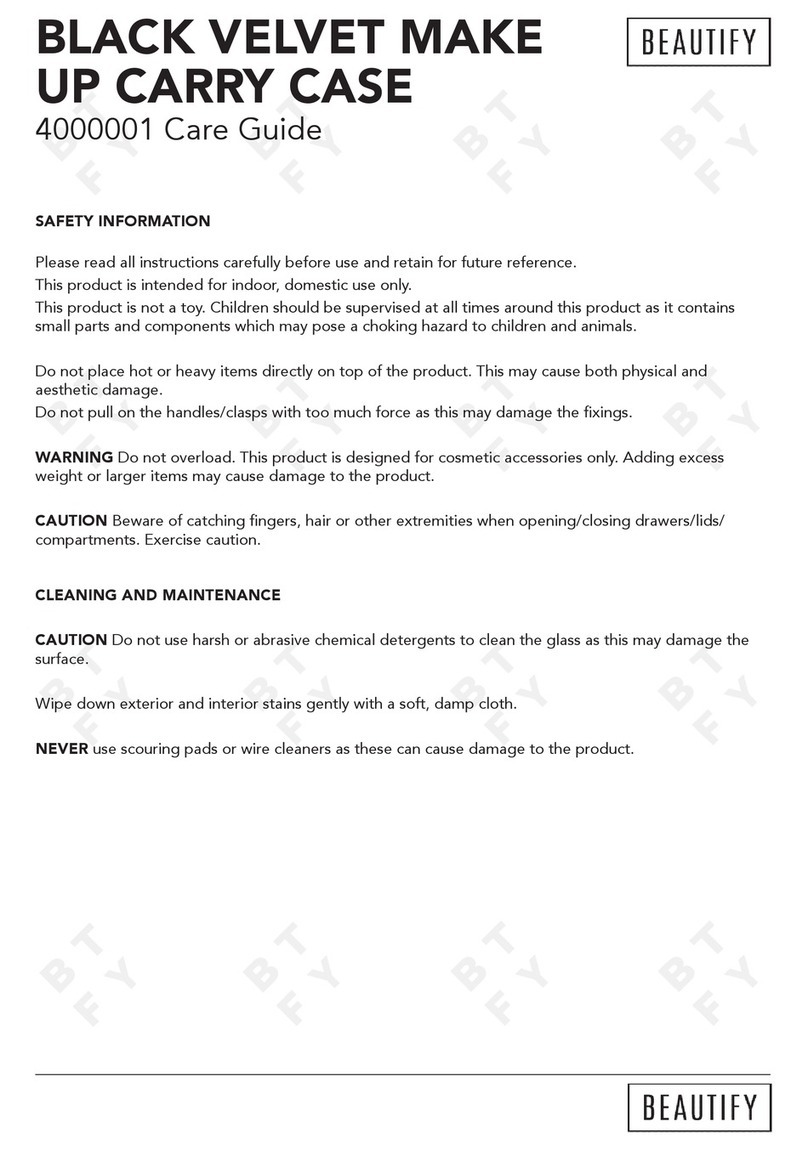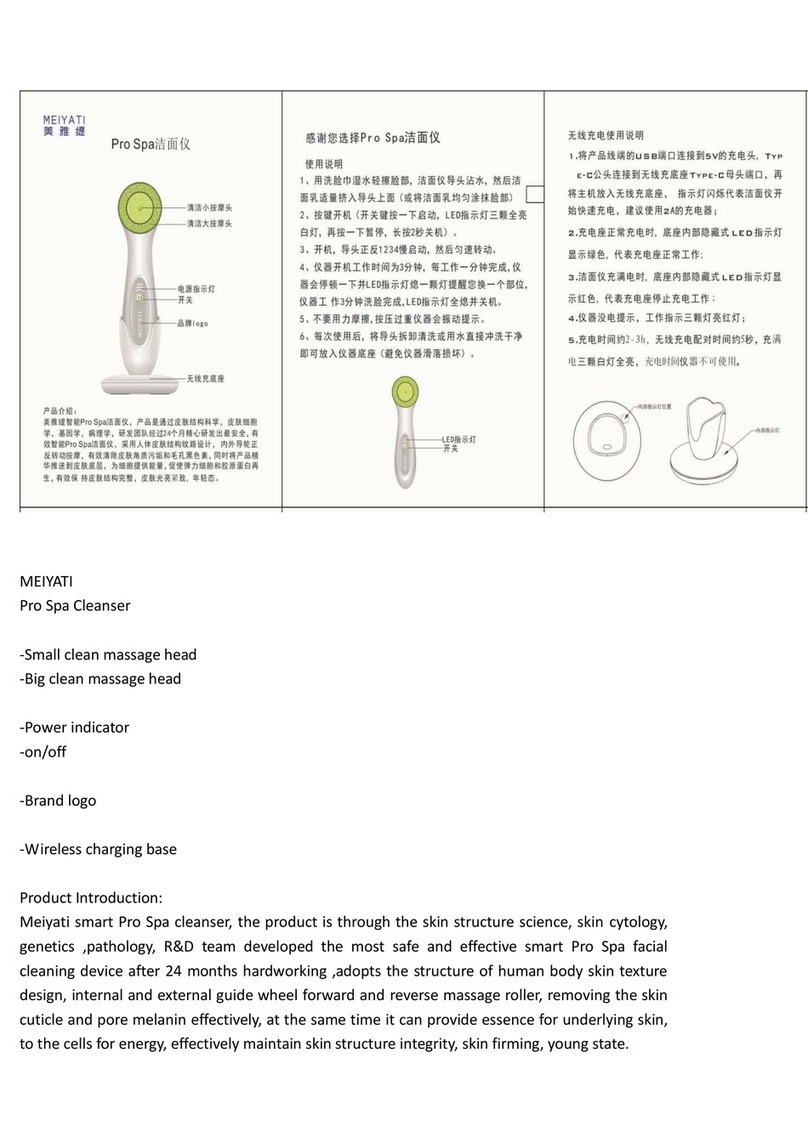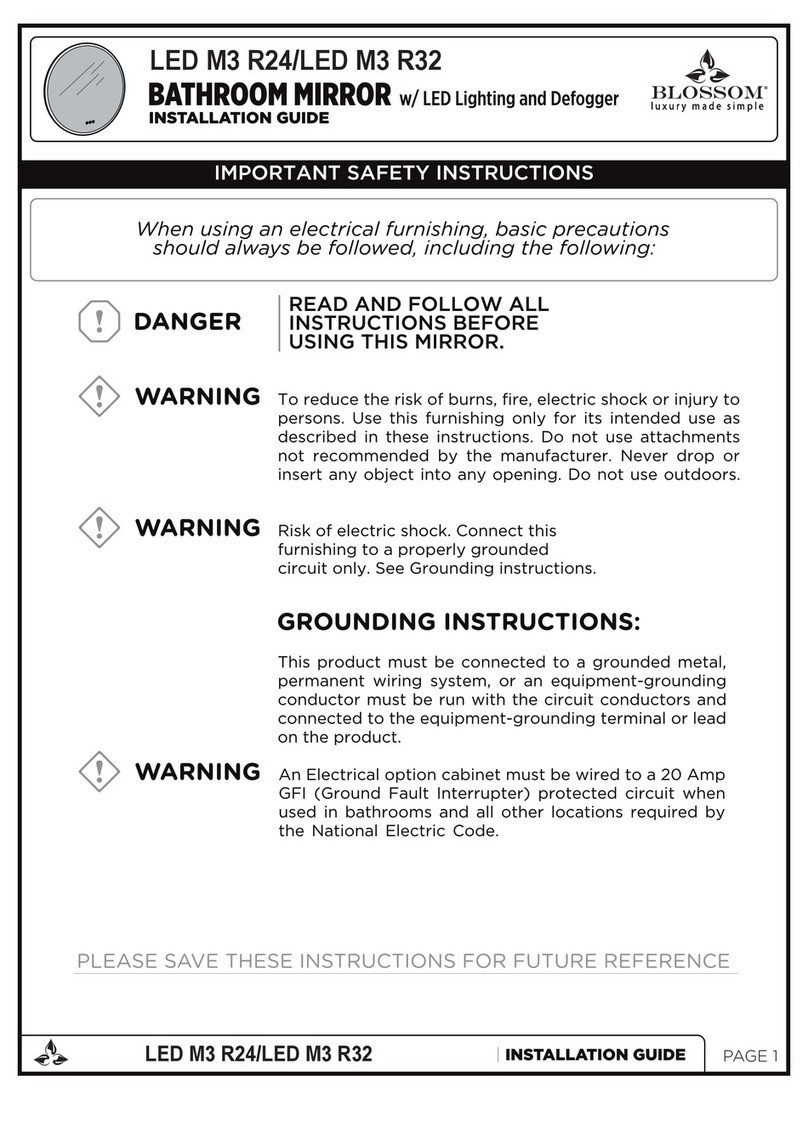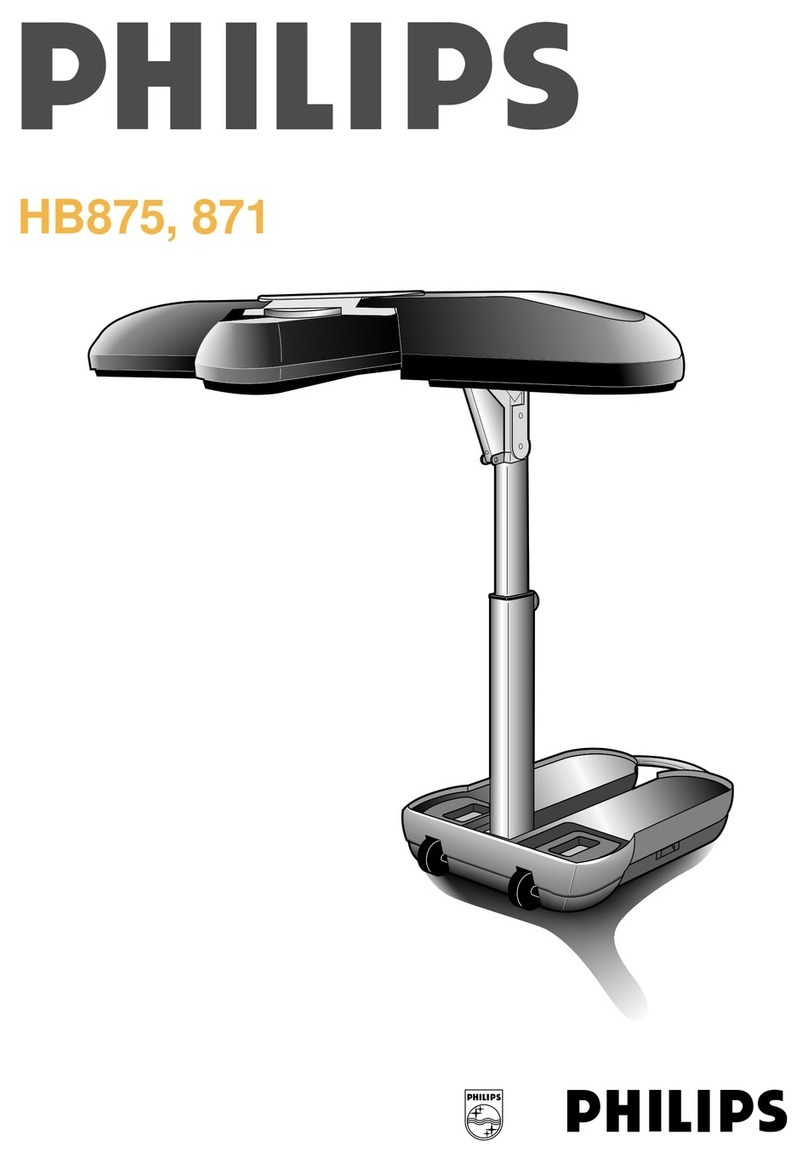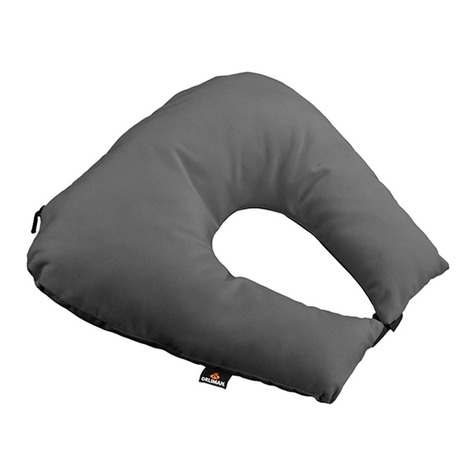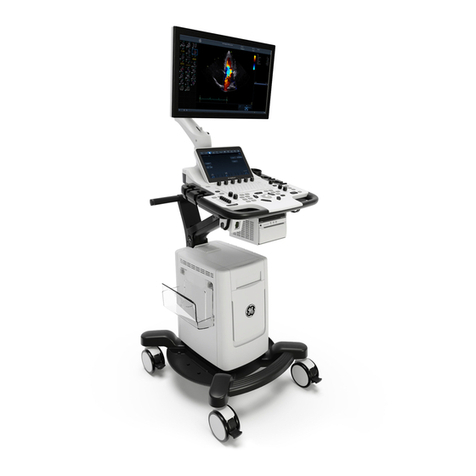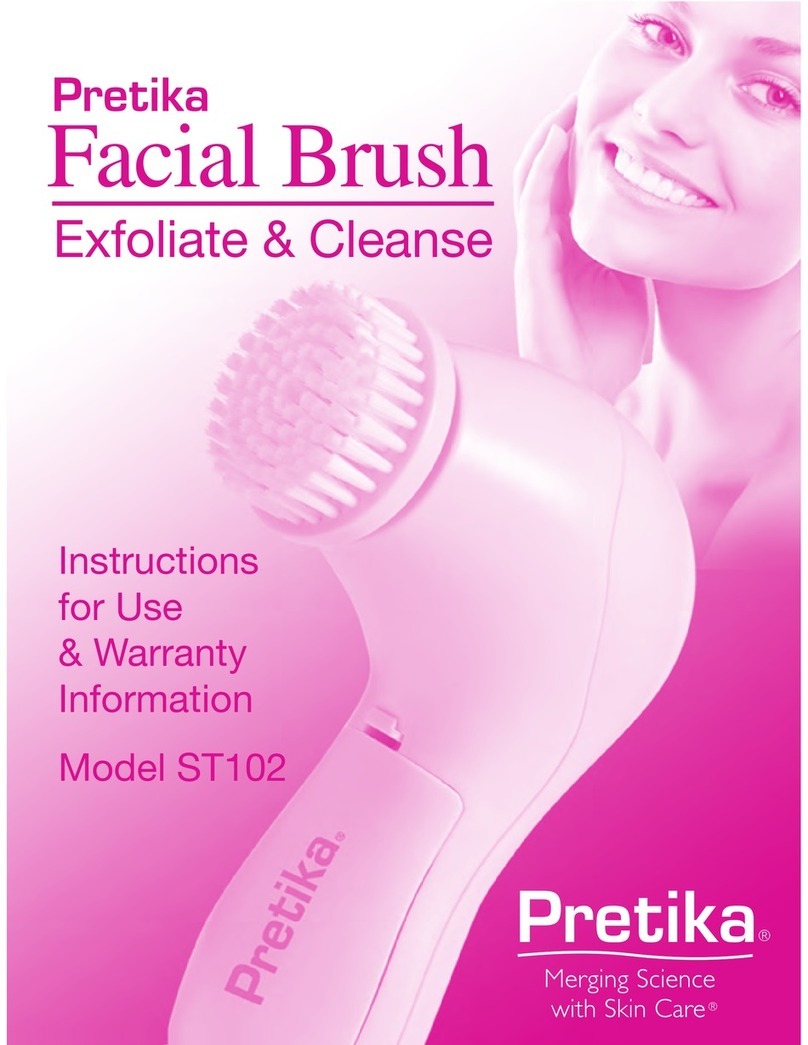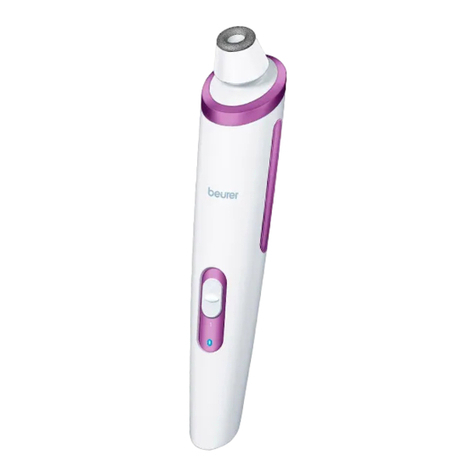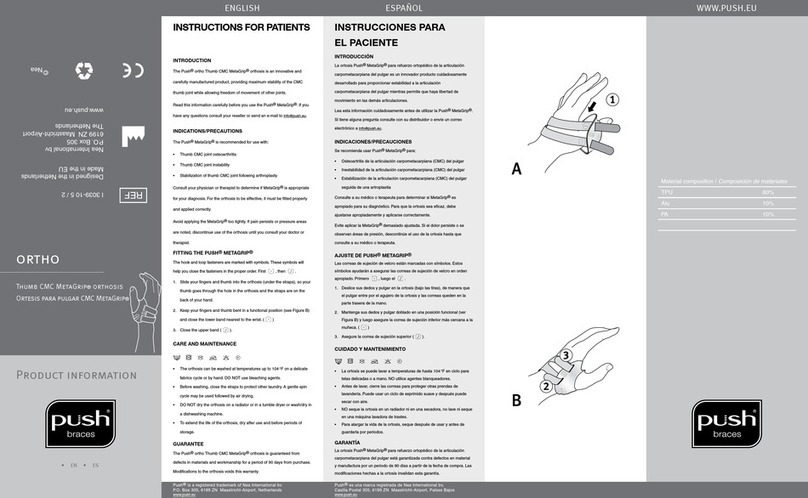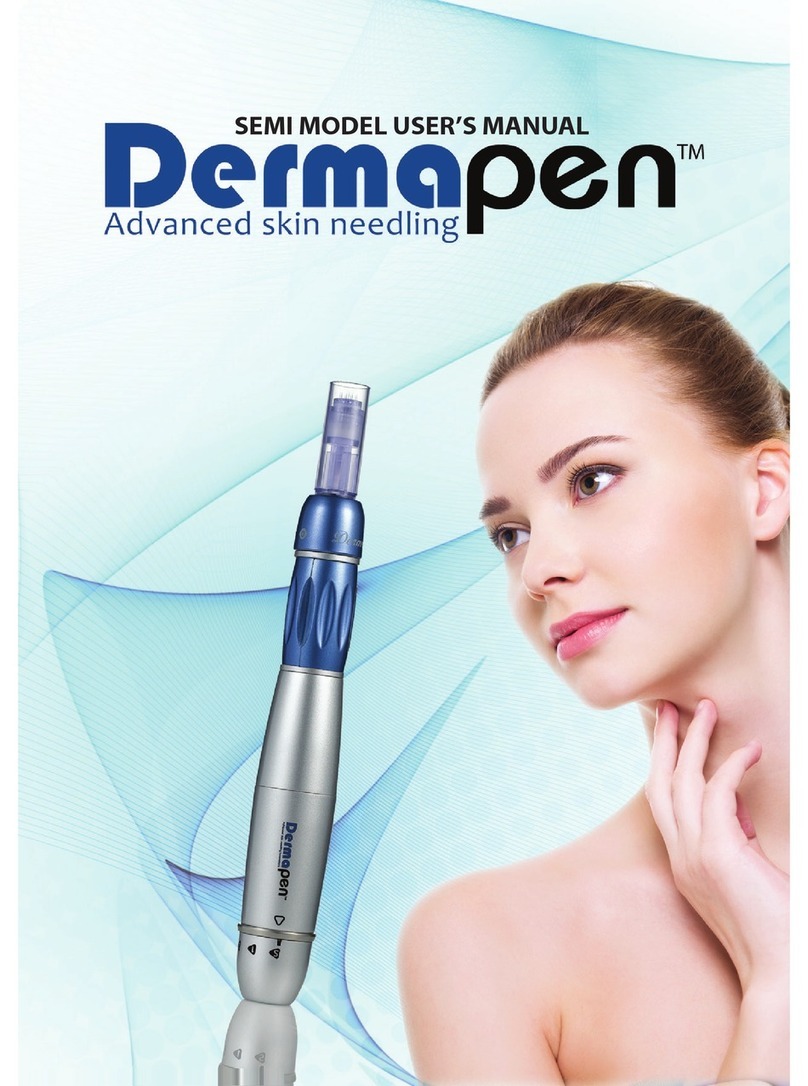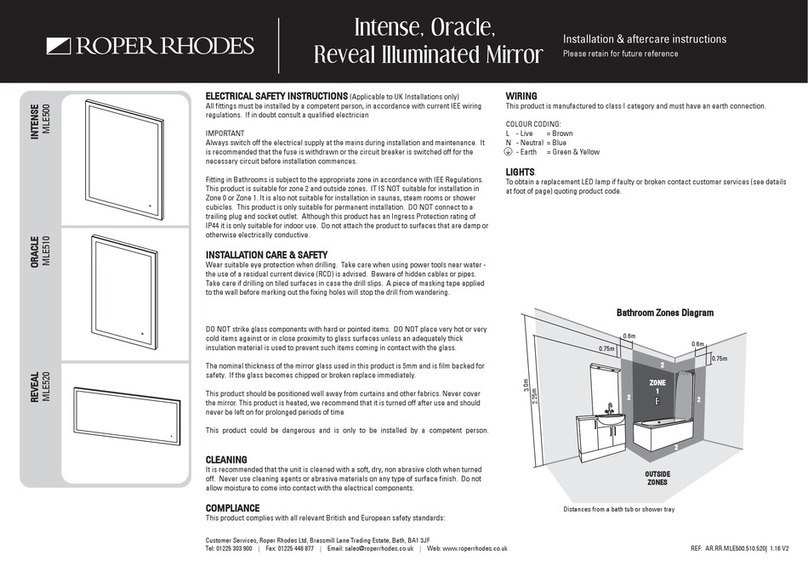natus neoBLUE Compact User manual

neoBLUE® compact
User Manual
P/N 061083 Rev A
Revision Date02/12/2021

User Manual, neoBLUE®compact, English iii
P/N 061083 Rev A
Federal Law (U.S.) restricts this device to sale or use by or on the order of a physician (or properly
licensed practitioner).
Natus Medical Incorporated
5900 First Avenue South
Seattle, WA 98108 USA
Natus Manufacturing
Limited IDA Business Park
Gort, Co. Galway, Ireland
Customer Service: +1-800-303-0306
Customer Service Fax: +1-650-802-6620
Technical Service: +1-800-303-0306
Technical Service Fax: +1-650-802-8680
International Support - Please contact your local Distributor. Distributor locations can be found at www.natus.com
This manual may not be reprinted or copied in whole or in part without written consent from Natus Medical
Incorporated. The content of this manual may change without notice.
Natus and neoBLUE are registered trademarks of Natus Medical Incorporated.
© 2021 Natus Medical Incorporated. All rights reserved.

User Manual, neoBLUE®compact, English iv
P/N 061083 Rev A
Contents
1Product Description ...............................................................................1
2Safety Information..................................................................................4
2.1 Explanation of Terminology.............................................................................................4
2.2 General Safety Information..............................................................................................4
2.3 Safety Symbols .................................................................................................................8
3Components and User Controls ........................................................ 11
3.1 Light Enclosure...............................................................................................................11
3.2 Arm (optional)..................................................................................................................11
3.3 Rollstand (optional) ........................................................................................................12
3.4 Panel Controls.................................................................................................................13
4Assembly and Operating Instructions............................................... 14
4.1 Assembly.........................................................................................................................14
4.2 Setting up the device......................................................................................................14
4.3 Operating the device ......................................................................................................16
5Troubleshooting Guide....................................................................... 19
6Routine Cleaning and Maintenance................................................... 20
6.1 Checking the Light Intensity..........................................................................................20
6.2 Adjusting the Light Intensity .........................................................................................20
6.3 Cleaning...........................................................................................................................20
7Technical Reference............................................................................ 22
8Specifications ...................................................................................... 23

User Manual, neoBLUE®compact, English 1
P/N 061083 Rev A
1 Product Description
The neoBLUE®compact LED Phototherapy System can be used in three different
configurations: the light source (light) can be used alone, with the neoBLUE compact
Arm, and with the neoBLUE compact Rollstand.
Intended Use
The neoBLUE compact LED Phototherapy System is intended for the
treatment of neonatal hyperbilirubinemia. The light can be used for infants in
a bassinet, incubator, open bed, or radiant warmer.
Important! Before assembling the neoBLUE compact light and administering
phototherapy, read all sections of this manual carefully. There are safety
considerations that should be read and understood before use.
Contraindications
Congenital porphyria or a family history of porphyria is an absolute
contraindication to the use of phototherapy, as is the concomitant use
of drugs or agents that are photosensitizers.
1
Clinical Benefit
The clinical benefit to the patient is the degradation of bilirubin for the
treatment of hyperbilirubinemia.
Intended Patient Population
When treating term and near-term neonates with intensive
phototherapy for treatment guidance, please refer to the AAP
Guidelines (American Academy of Pediatrics Clinical Practice
Guideline –Management of Hyperbilirubinemia in the Newborn
Patient 35 or More Weeks of Gestation).
When treating preterm neonates with intensive phototherapy, please seek
guidance from physician on duration of the treatment as well as appropriate
patient monitoring.
Physical Characteristics
The neoBLUE compact LED Phototherapy System is a portable phototherapy
light that delivers a narrow band of high-intensity blue light via light emitting
diodes (LEDs) to provide treatment for neonatal hyperbilirubinemia.
Light Source
The neoBLUE compact light consists of a lightweight plastic light enclosure.
The light can be used independently by placing it directly on top of an
incubator or it can be used with the Arm and Rollstand. The light can be
easily removed and re-attached to the Arm without tools, for quick and easy
versatility.
When used with the Arm, the light can be tilted and adjusted both horizontally
and vertically. The Arm can be attached to the pole mount accessory on most
1
Subcommittee on Hyperbilirubinemia. American Academy of Pediatrics clinical practice guideline: Management of
hyperbilirubinemia in the newborn infant 35 or more weeks of gestation. Pediatrics. 2004; 114(1):297-316.

User Manual, neoBLUE®compact, English 2
P/N 061083 Rev A
incubators and radiant warmers. The Arm attached to the Rollstand, can be
used for infants in a bassinet, incubator, open bed, or radiant warmer.
There are two intensity settings, high and low. The desired setting is selected
using the buttons on the control panel of the light. The light output was factory
calibrated with the neoBLUE®Radiometer to provide an initial intensity of 35
µW/cm2/nm at the high setting and 15 µW/cm2/nm at the low setting at a
distance of 35 cm (13.75 in) from the light enclosure to the baby. The light
output can also be adjusted. The lower portion of the enclosure includes a
built-in lens which protects the light from incidental debris or fluid exposure.
The blue LEDs emit the majority of light in the range of 450 –500 nm (peak
wavelength 450-470 nm). This range corresponds to the spectral absorption
of light by bilirubin, and is thus considered to be the most effective for the
degradation of bilirubin. Blue LEDs do not emit significant energy in the
ultraviolet (UV) region of the spectrum, so there is no UV exposure to the
infant. In addition, blue LEDs do not emit significant energy in the infrared
(IR) region of the spectrum, minimizing concern about excessive warming of
the infant. The blue LEDs are mixed with a small amount of light from the
white LEDs to soften the appearance of the blue light for sensitive individuals.
As with all phototherapy lights, protective eyeshades must be used to protect
the infant’s eyes from excessive light exposure.
The neoBLUE compact light is also equipped with a white exam light feature
that provides approximately 10,000 lux of neutral white light for general
examinations.
LEDs have minimal light output degradation over their lifetime with proper
use. Nevertheless, the user can adjust the output of the LEDs for any
degradation using the control panel of the light. The light is expected to
operate on factory setting intensity levels for over 40,000 hours. Actual
results may vary based on environmental factors and intensity adjustments.
Treatment and Device Timers
The neoBLUE compact light is equipped with a treatment timer to track the
total number of treatment hours per patient, and a device timer to track the
total number of hours the blue LEDs operate. The treatment timer is located
on the control panel and can be reset by holding down the reset button next
to the display. The device timer is located on the underside of the light near
the LEDs. To reset the device timer if LEDs are replaced, please refer to the
Service Manual. The timer will count up to a maximum of 99999.9 hours. The
timer will count at the same rate regardless of the intensity setting at which
the device is being used. The last digit refers to tenths of hours, with 0.1 = 6
minutes.
Power Requirement
The light is mains-power operated. The power cord plugs into the power inlet
at the side of the light enclosure; or into the power inlet located on the Arm
when attached to the Arm or Rollstand. The other end of the power cord is
plugged into the wall receptacle. Power transform in different regions is
accomplished internally and automatically by the power supply unit built in the
light device. There is a Power Supply Connection Indicator on the keypad
control panel that glows green when power is supplied to the device.
Other manuals for neoBLUE Compact
1
Table of contents
Other natus Personal Care Product manuals
